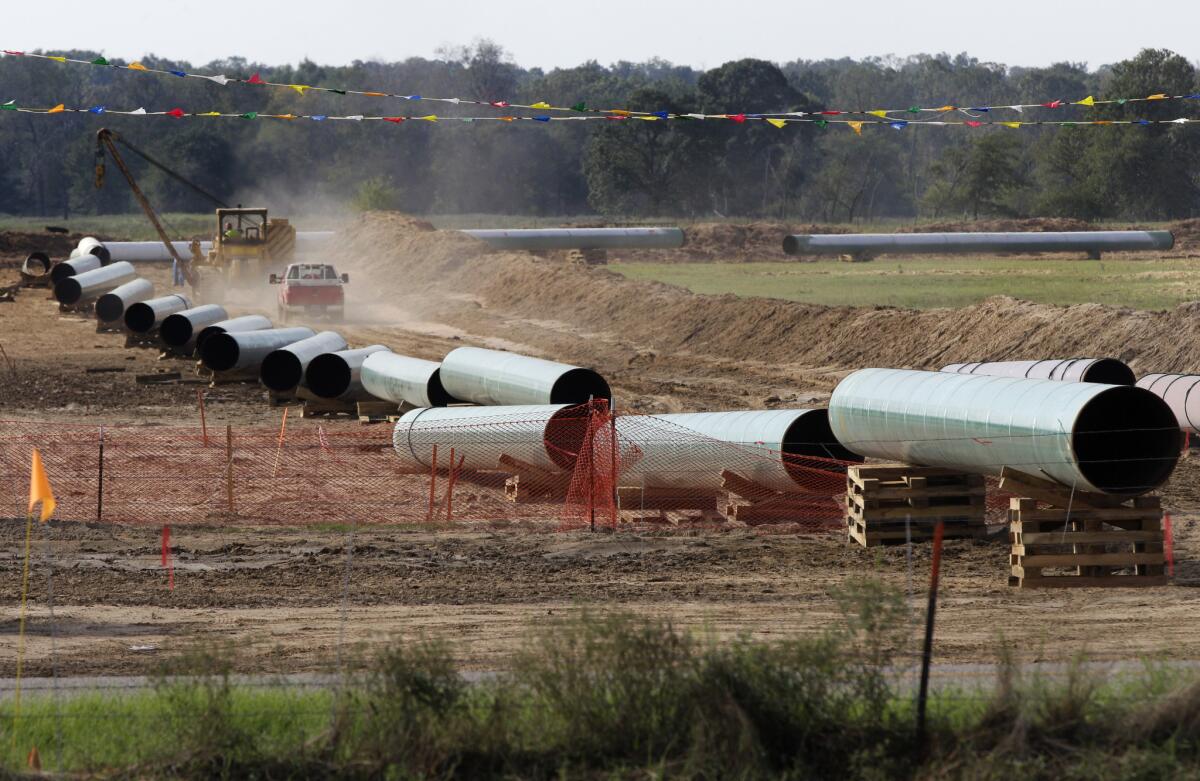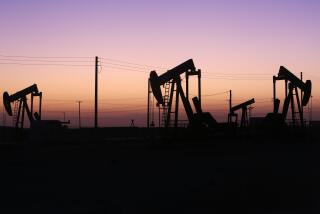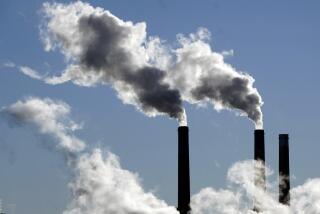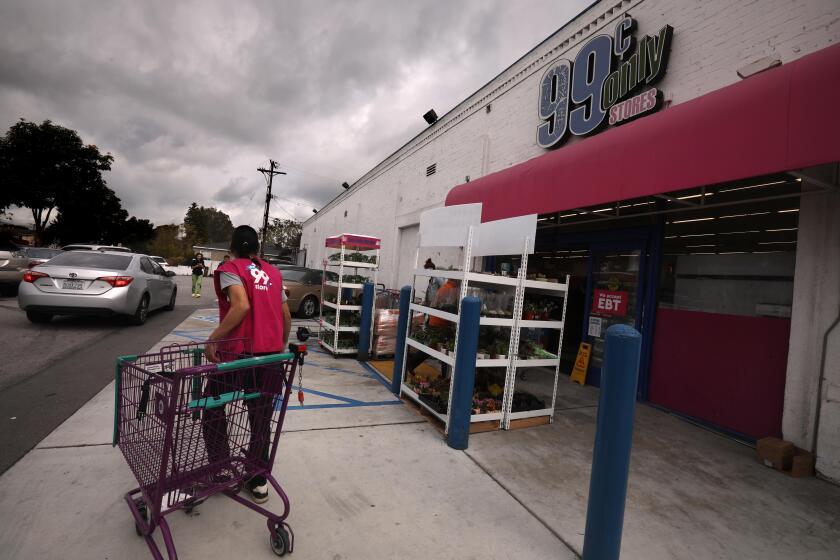Now, about that improbable Keystone XL pipeline report...

This post has been corrected, as indicated below.
When the State Department released its environmental report on the Keystone XL pipeline Friday, the timing led me to fear the worst. It’s a strategy bordering on tradition in politics that if you want to minimize the fallout from a controversy, you release the details late on a Friday, preferably leading into a holiday weekend. The theory is that by the time the next workweek rolls around, most people will have forgotten about it and the notoriously short and fickle public discourse will have moved on to something else.
This wasn’t a holiday weekend, but it had distractions aplenty: the Super Bowl, the dissection of the Super Bowl ads and, in a sad and unforeseen development, the surprising death of acclaimed actor Philip Seymour Hoffman.
But that report is still there, finding improbably that building a pipeline from Alberta, Canada, to the Gulf of Mexico, and then pumping 830,000 barrels of crude oil through it a day, would have a negligible environmental impact — in part because someone else will wind up transporting and processing that oil if the pipeline isn’t built. I’ve long had trouble with that rationale — if we don’t do it, someone else will — and it shouldn’t come into play here. The question is, is building the pipeline the right thing to do?
EDITORIAL: Keystone XL, a sorry symbol of a continued reliance on fossil fuels
The State Department report doesn’t address that. And what seemed at first blush to be a setback for environmentalists and those who oppose the pipeline (which includes me), might not be that ominous. Secretary of State John F. Kerry has yet to formulate his recommendation for President Obama, and the National Journal reported Friday that the White House quickly built some distance between its final decision and the report.
“The president has clearly stated that the project will be in the national interest only if it does not significantly exacerbate the problem of carbon pollution. The final supplemental environmental impact statement includes a range of estimates of the project’s climate impacts, and that information will now need to be closely evaluated by Secretary Kerry and other relevant agency heads in the weeks ahead,” said Matt Lehrich, a White House spokesman, according to the National Journal. “A decision on whether the project is in the national interest will be made only after careful consideration of the SEIS and other pertinent information, comments from the public, and views of other agency heads.”
On the Sunday morning news show “Face the Nation,” Denis McDonough, Obama’s chief of staff, steered a neutral course:
Well, I’m not going to prejudge that right now. What’s important is the president laid out last summer in a speech at Georgetown his standard for what he thinks should govern the decision on Keystone, which is that it should not significantly exacerbate what is a significant climate change crisis we face in this country.
Very chilling story in the New York Times today about the impact of climate change on droughts in the West. California, which is now seeing some pretty serious developments as a result of climate change. So we’ll be looking at that. But what the president’s role is now is to protect this process from politics, let the expert agencies and the Cabinet secretaries make their assessments both of the study that was put out Friday as well as its impact on the national interest. So we’ll resolve that over the coming period of time.
Of course, that could all be meaningless spin. But then there’s a reported inquiry into a possible conflict of interest by people tied to the report, according to Mother Jones:
There’s still one more important document yet to be released by State: an investigation by the department’s internal Inspector General into a potential conflict of interest by a contractor who helped produce the report, Environmental Resources Management. As Mother Jones first reported, State Department officials took steps to conceal that some ERM employees had ties to companies that would profit from the pipeline’s construction. Last December, Congressman Raul Grijalva (D-Ariz) led a coalition of House members who asked the president to delay release of the environmental impact statement until after the Inspector General’s report is released, which is not expected for several more weeks.
Still, all signs point to a final decision — one that will likely form the basis of Obama’s climate legacy — sometime before the summer. But the game isn’t over yet.
No, it’s not over. As The Times’ editorial page wrote over the weekend, the Environmental Protection Agency has some serious doubts about the project, which would likely gain more weight if the inspector general determines something is amiss in the State Department report. And the editorial reinforced a point I made the other day about drilling in the Arctic Ocean: If we’re trying to fight global warming, why do we keep defaulting to policies that make it easier and cheaper to burn fossil fuels?
Most heartening, though, is that public interest in the issue remains high. Despite the apparent attempt by the State Department to blunt the response to the report, it has received wide discussion and analysis. Let’s hope that leads to the right decision.
[For the Record, Feb. 3, 6:52 p.m.: The original version of this post incorrectly stated that the pipeline would carry 830,000 gallons of crude oil a day; it will carry 830,000 barrels a day.]
ALSO:
Why not get tough on water use, California?
Henry Waxman, the ‘tougher than a boiled owl’ congressman
Keystone XL, a sorry symbol of a continued reliance on fossil fuels
Follow Scott Martelle on Twitter @smartelle
More to Read
A cure for the common opinion
Get thought-provoking perspectives with our weekly newsletter.
You may occasionally receive promotional content from the Los Angeles Times.







